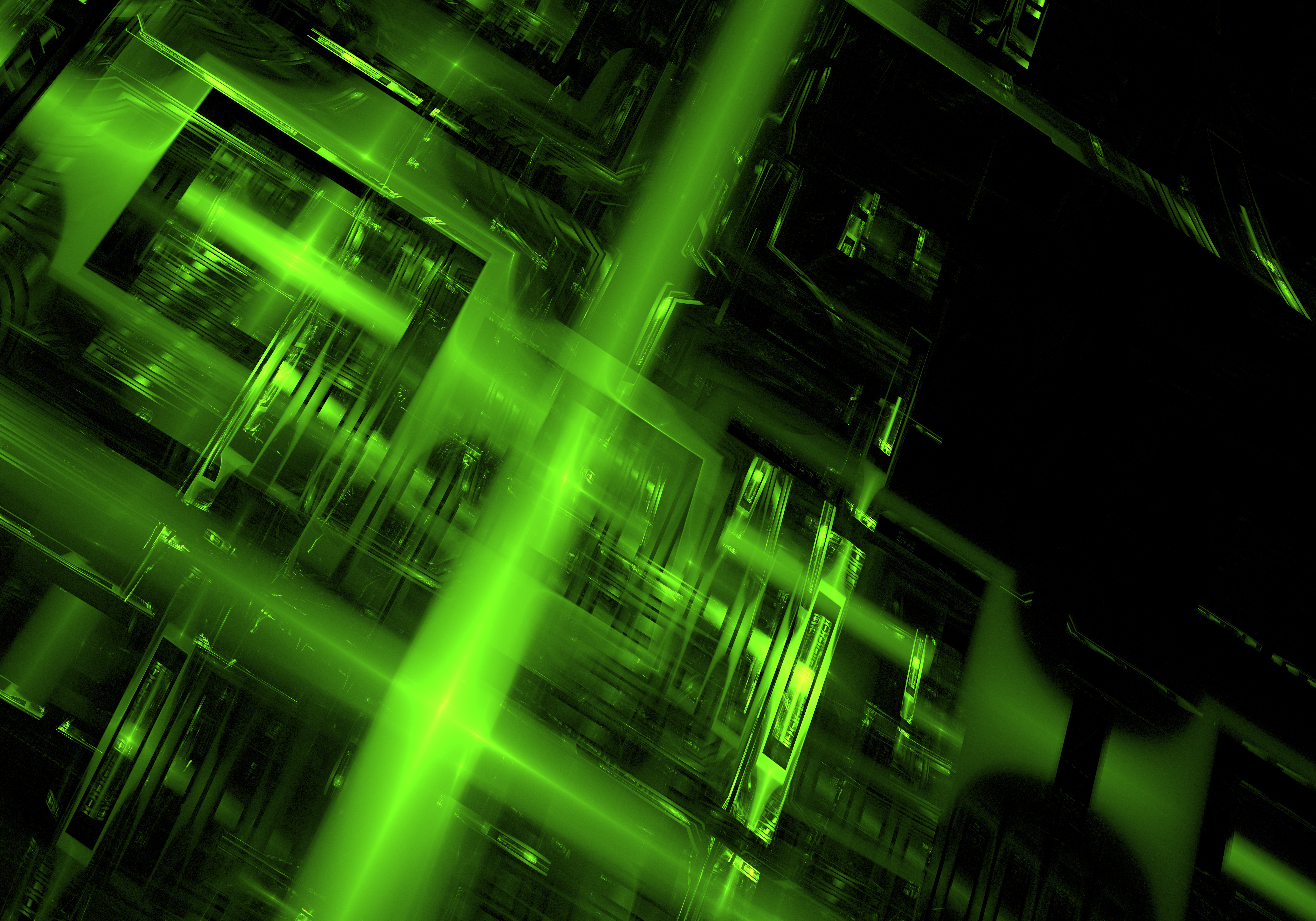Learn the Lingo :: Computing Acronyms

Learn the Lingo :: Computing Acronyms
i3, i5, i7: Newer types of Intel Processors, i5 is Dual Core, i7 is Quad Core
ADSL: Home broadband through the phone line, currently the fastest way to access the internet
ADSL2+: A faster version of ADSL
AGP: Accelerated Graphics Port, connection on older motherboards for graphics cards
Blu Ray Drive: Will burn and play CDs and DVDs will only play Blu Ray Discs
Blu Ray Writer: Will burn and play CDs, DVDs and Blu Ray Discs
CPU: Central Processing Unit or Processor, comes in two brands either Intel or AMD. Known as the “brain” of the computer, essential for computer to run. More often than not faster processor = faster computer.
CD Writer: Will burn and play CDs not DVDs
DDR1 DDR2 DDR3: Various types of RAM (memory)
Dual Core/Quad Core: Different types of processors, Quad core mainly used by gamers/ hardcore users.
DVD Reader/CD Burner: Will play DVDs and burn CDs
DVD Writer: Will burn and play DVDs and CDs
DVI: A higher quality computer to monitor connection, wider than VGA plugs and often white in colour
Ethernet: Cable used to connect computer to a network or modem for broadband.
GB: Gigabyte, unit of measurement for hard drive or RAM size, 1GB = 1024MB
HDD: Hard Drive Disk or Hard Drive, used to store data on a computer, size measured in gigabytes or terabytes.
HDMI: High-Definition Multimedia Interface, the newest kind of computer to monitor cable, High-definition quality, also carries audio, is usually used to plug a computer into Plasma or LCD screens and is used in Game Consoles and Blu Ray players.
IDE or PATA: Older connection on motherboards for connecting hard drives or disc drives, wide flat ribbon cable.
Mb: Megabyte, unit of measurement for hard drive or RAM size
MB: Motherboard, the main part of a computer which all other parts plug into, often the most expensive part of a computer to replace
PCI: Connection on motherboard for connection Sound Cards, USB cards, dial up modems etc
PCI Express: Connection on motherboard for Video Cards
PCIMIA or ExpressCard Slot: Slot on the side of laptops for connecting an expansion card, usually wireless or extra USB ports.
RAM: Random Access Memory, necessary for computer to function More often than not more RAM = more speed; comes in 512MB, 1GB, 2GB etc
SATA: Newer connection on motherboards for connecting hard drives and DVD or Blu Ray Drives
Serial/Parallel: Older connection for printers, modems etc
SSD: Solid State Hard Drive, newest type of HDD. Contains no moving parts which avoids many of the problems of standard HDDs and runs at faster speeds.
TB: Terabyte, unit of measurement for Hard Drive size, 1TB = 1024GB
USB: Universal Serial Bus, used to connect devices such as iPods, Cameras, Printers, Keyboards etc. to computers, is either USB 1.0 (older computers), USB 2.0 (modern computers) or USB 3.0 (newest computers)
VGA or D-SUB: The most basic plug for connecting a computer to a monitor, the two plugs are often blue coloured
Video Card/Graphics Card: Used to send the signal from the computer to the monitor, can be either part of the motherboard or a separate card, the more powerful the video card the more graphics intensive games you can play, plus improved performance from CADD, Video Editing and Photo Editing programs
Wireless (Wi-Fi): Used to connect computers to a modem for broadband
Wireless Broadband: Internet for people on the go using mobile phone signals and networks e.g. Telstra/Optus sticks, mobile phones or other devices
Plus there are thousands more!
We try to SPEEK NO GEEK but if your PC Pitstop Trained Technician uses language you don’t quite understand, just ask him to explain the lingo and he’ll happily talk you through it!

#02 65 841 551 :: sales@pcpitstop.com.au :: www.pcpitstop.com.au/blog
 |
 |
 |
 |
 |




